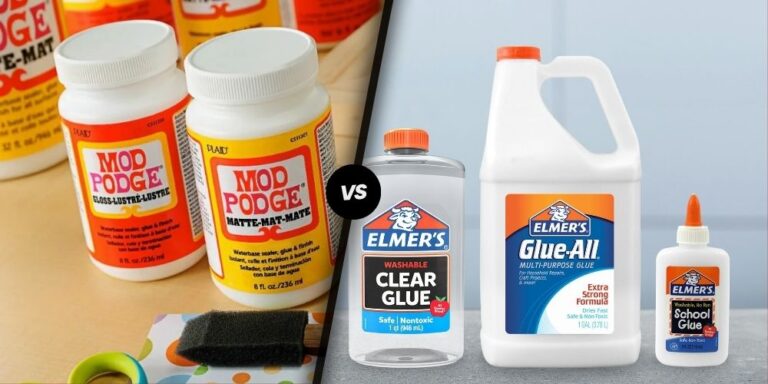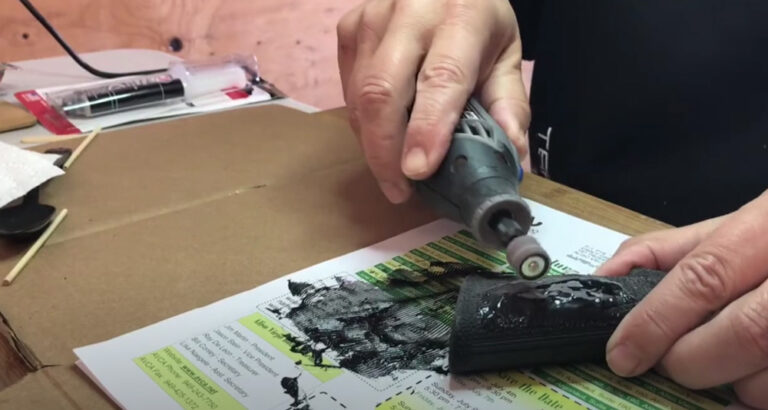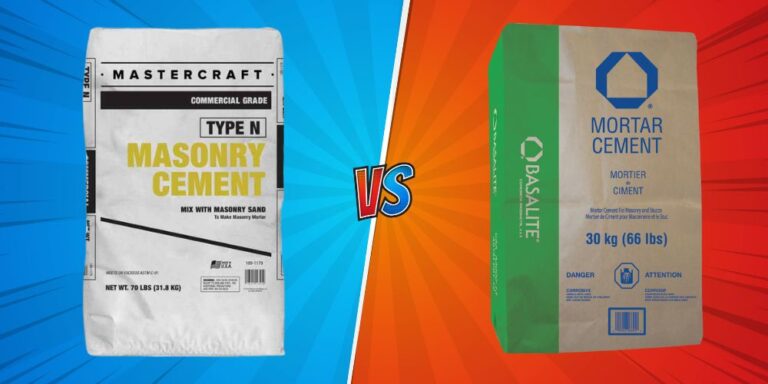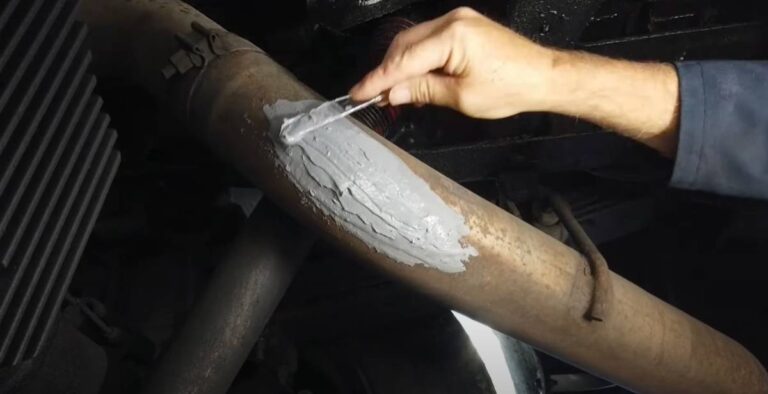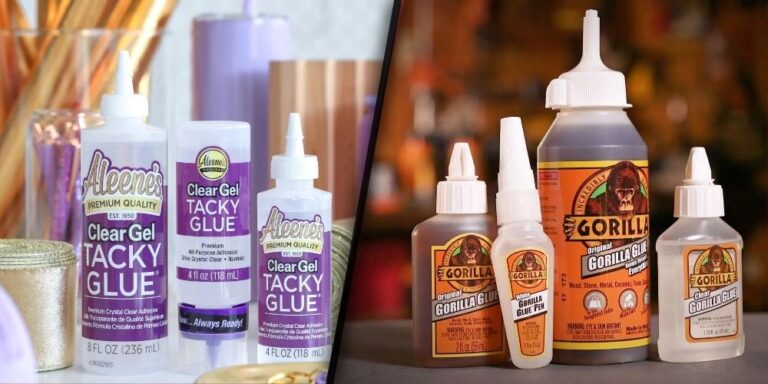Great Stuff™ Big Gap Filler vs. Regular: A Comprehensive Comparison
When working on home improvement or construction projects, expanding foam sealants play a vital role in sealing gaps and cracks. Great Stuff™ offers two popular foam sealants: Great Stuff™ Big Gap Filler and Great Stuff™ Gaps & Cracks Insulating Foam Sealant. Each product has unique features designed for specific applications.
Understanding their differences and capabilities is essential to ensure the best results for your projects. Let’s dive into the details.
What Are Great Stuff™ Foam Sealants?
Great Stuff™ is a well-known brand of polyurethane foam sealants designed to fill and seal gaps and cracks. These foam sealants:
- Expand upon application.
- Provide an airtight and water-resistant seal.
- Improve energy efficiency by reducing air infiltration.
The two primary products, Gaps & Cracks and Big Gap Filler, cater to different gap sizes and structural needs. Choosing the wrong product can lead to inadequate sealing, over-expansion, or other complications.
Great Stuff™ Gaps & Cracks Insulating Foam Sealant
This variant is ideal for gaps up to 1 inch in width. It’s widely used for sealing smaller openings around:
- Windows and doors
- Plumbing penetrations
- Electrical outlets
Features
- Expands moderately to fill small voids.
- Adheres to various surfaces such as wood, masonry, metal, and plastic.
- Tack-free within 5-15 minutes and cures fully within 12 hours.
- Can be sanded, painted, or trimmed after curing.
This foam is particularly effective at improving insulation in areas prone to air leaks.
Great Stuff™ Big Gap Filler Insulating Foam Sealant
For larger gaps and voids, the Big Gap Filler is the better choice. It is designed to expand more aggressively and can fill gaps up to 3 inches wide. This product is often used around:
- Rim joists and sill plates
- HVAC penetrations
- Basements and attics
Features
- Expands to fill large voids.
- Adheres to various materials and creates a durable, airtight barrier.
- Tack-free within 5-15 minutes and cures fully in 12 hours.
- Trimmable and paintable after curing.
Its higher expansion capability makes it more suitable for large gaps where smaller foam types may not perform adequately.
Key Differences Between Gaps & Cracks and Big Gap Filler
The following table highlights the core differences between the two foam sealants:
| Feature | Gaps & Cracks Insulating Foam | Big Gap Filler Insulating Foam |
|---|---|---|
| Maximum Gap Size | Up to 1 inch | Up to 3 inches |
| Expansion Level | Moderate | High |
| Application Areas | Windows, doors, plumbing penetrations | Rim joists, large structural gaps |
| Density | Medium | Slightly higher for structural support |
| Tack-Free Time | 5-15 minutes | 5-15 minutes |
| Full Cure Time | 12 hours | 12 hours |
| Paintable/Trimmable | Yes | Yes |
| Adhesion Surfaces | Wood, metal, plastic, masonry | Wood, metal, plastic, masonry |
Expansion and Density: What You Need to Know
One of the most significant differences is the expansion capability. The Big Gap Filler is designed to expand more than Gaps & Cracks, making it ideal for large spaces that require a robust fill. However, this higher expansion can lead to overfilling if not applied carefully.
The following table compares foam expansion rates in practical terms:
| Application Area | Gaps & Cracks Expansion | Big Gap Filler Expansion |
|---|---|---|
| Around Window Frames | Expands moderately to fill up to 1-inch gaps | May overfill if used in small gaps |
| Around Rim Joists | May not fully fill large gaps | Expands effectively to fill up to 3-inch voids |
| General Home Use | Controlled expansion | Higher expansion; requires precise application |
| Energy Efficiency Impact | Reduces air infiltration in small areas | Provides superior insulation for large openings |
How to Apply Great Stuff™ Foam Sealants
Both Gaps & Cracks and Big Gap Filler require similar application techniques, but the key difference lies in how much foam is dispensed. Below is a step-by-step guide to help you get the best results.
1. Preparation
- Ensure the surfaces are clean and free of dust, dirt, and moisture.
- Wear protective gloves and eye protection, as the foam is sticky and difficult to remove from skin or clothes.
2. Shake the Can
- Shake the can vigorously for at least 60 seconds to ensure proper mixing.
- Attach the straw applicator securely to the valve.
3. Apply the Foam
- Dispense foam slowly to avoid over-expansion.
- Fill gaps to about 50%, allowing the foam to expand and fill the remaining space.
4. Wait for Curing
- The foam becomes tack-free within 5-15 minutes.
- Full curing occurs within 12 hours.
5. Finishing Touches
- Once cured, trim excess foam with a serrated blade.
- Sand and paint as needed to blend the foam with the surrounding material.
Safety Tips and Considerations
While Great Stuff™ foam sealants are highly effective, there are important safety precautions to follow:
- Avoid Over-Expansion
Over-expanding foam can cause structural damage, especially in tightly enclosed areas. - Ventilation
Use in a well-ventilated area, as polyurethane foam can release harmful vapors during application. - UV Protection
Cured foam should be protected from sunlight, as prolonged UV exposure can degrade the material. Painting over the foam helps prevent this. - Pest Deterrent Properties
Some variants, like Great Stuff™ Pestblock, contain additives designed to deter pests. However, results may vary, and additional pest-proofing may still be necessary.
Common Questions and Answers
Which product is best for sealing around windows?
The regular Gaps & Cracks foam is better for smaller, controlled gaps around windows to prevent over-expansion.
Can I use Big Gap Filler indoors?
Yes, but you should be cautious about over-expansion in confined spaces.
How do I clean up uncured foam?
Uncured foam can be cleaned with acetone or foam cleaner, but once cured, it can only be removed mechanically.
Is Great Stuff™ foam fire-resistant?
Some variants are rated for fire-blocking applications. Check the product label for specific fire-resistance ratings.
Final Thoughts
Choosing between Great Stuff™ Gaps & Cracks and Big Gap Filler depends on the size of the gaps you need to seal. For gaps up to 1 inch, the regular Gaps & Cracks foam provides reliable insulation and air sealing. For larger voids up to 3 inches, the Big Gap Filler is the superior option with its higher expansion capability.
By understanding their differences and following proper application techniques, you can maximize the effectiveness of these foam sealants and enhance your home’s energy efficiency.


